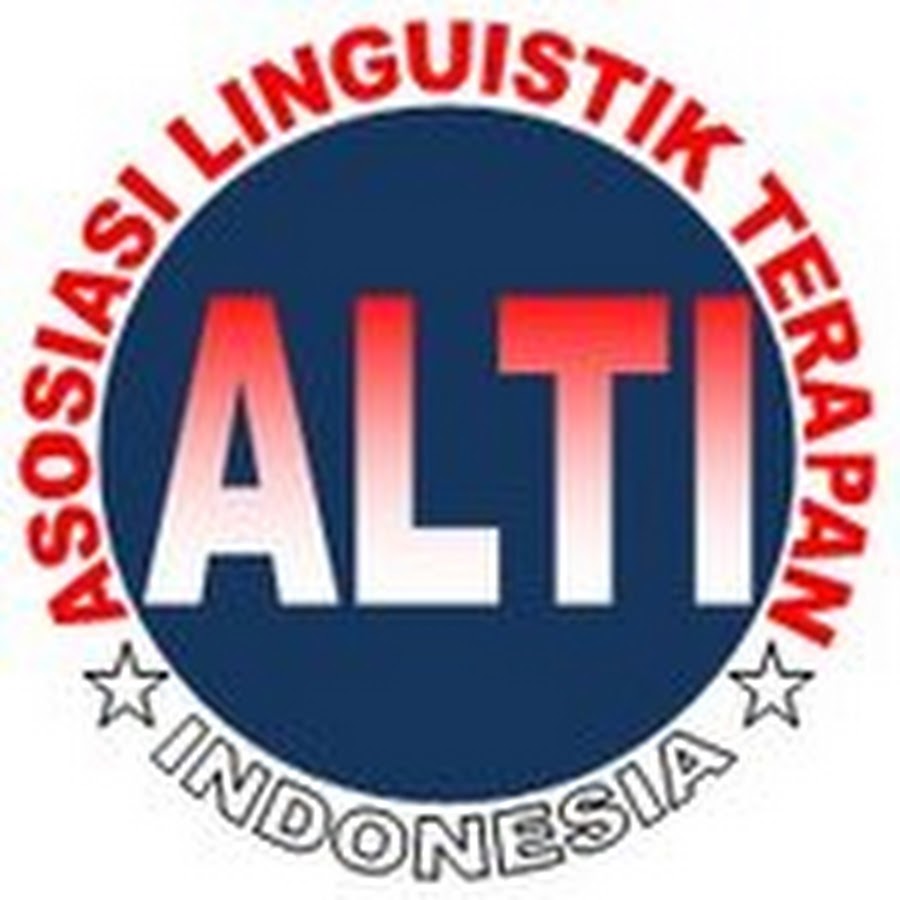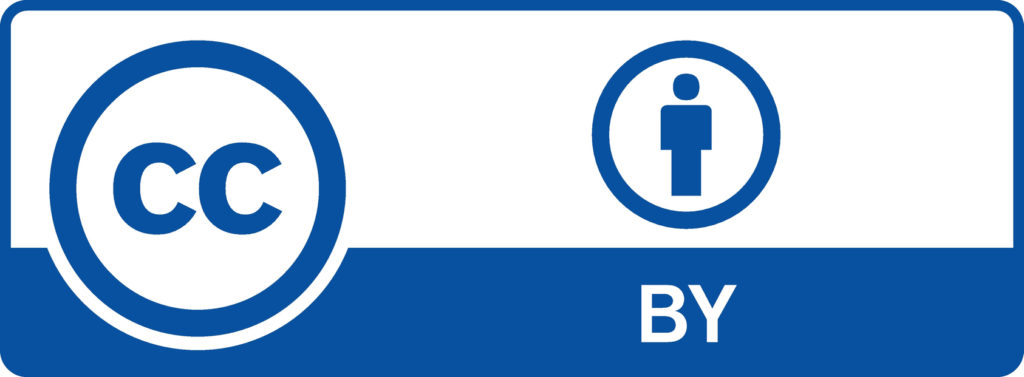English Language Teachers’ Awareness and Practice of Digital Teaching
DOI:
https://doi.org/10.33096/tamaddun.v23i1.718Abstract
Raising English language teachers' awareness and practice of digital teaching is essential for creating interactive, engaging, and effective learning environments that cater to the diverse needs and interests of students. This study aims to explore the digital teaching awareness of secondary level English teachers and the technology-driven activities implemented in their classrooms. Employing a qualitative approach within the narrative inquiry framework, data was gathered from 12 secondary level English teachers through semi-structured interviews, direct observations, and document analysis. The results reveal that secondary level English teachers in Nepal develop their digital teaching skills and knowledge by engaging in professional development programs, including workshops, seminars, and conferences, as well as through self-directed learning from online platforms like YouTube. Additionally, they enhance their digital teaching strategies by utilizing social media platforms such as Facebook, WhatsApp, and Instagram, along with web-based tools. These findings provide valuable insights and resources for English teachers, which can be applied in the classroom to promote interactive, technology-enhanced learning and teaching activities. Furthermore, the results can inform policymakers at educational institutions to ensure the efficacy of digital language learning practices.
References
Abdioğlu, C., Başol, G., & Tondeur, J. (2021). Investigating STEM Awareness of University Teacher Educators. Journal of Education and Training Studies, 9(1), 135-145. https://doi.org/10.11114/jets.v9i1.5133
Akram, M., & Malik, A. (2022). Teachers’ Perceptions of Technology Integration in Teaching and Learning. Frontiers in Psychology, 13, 920317. https://doi.org/10.3389/fpsyg.2022.920317
Amin, N., & Sundari, H. (2020). Digital tools in the EFL classroom: An empirical study of students’ learning outcomes. TESOL Journal, 11(2), e00465. https://doi.org/10.1002/tesj.465
Asian Institute of Management. (2019). Technical knowledge for educators. Retrieved from https://www.aim.edu/technical-knowledge
Bing. (2020). The influence of technology in modern education. Retrieved from https://www.bing.com/education/technology
Brookings Institution. (2020). Innovative teaching for the next generation. Retrieved from https://www.brookings.edu/education/innovative-teaching
Chen Hsieh, J. S., Wu, W. C. V., & Marek, M. W. (2017). Using the flipped classroom to enhance EFL learning. Computer Assisted Language Learning, 30(1-2), 1-21. https://doi.org/10.1080/09588221.2016.1182191
Chen, Y. L., & Hsu, C. K. (2008). Personalized intelligent e-learning system development for language learning. Educational Technology & Society, 11(3), 198–210.
Deterding, S., Dixon, D., Khaled, R., & Nacke, L. (2011). From game design elements to gamefulness: Defining “gamification”. In Proceedings of the 15th International Academic MindTrek Conference: Envisioning Future Media Environments (pp. 9-15).
Fu, J. (2013). The impact of Information Communication and Technology on education. Journal of Educational Technology, 10(2), 123-134.
Godwin-Jones, R. (2016). Emerging technologies: Integrating intercultural competence into language learning through technology. Language Learning & Technology, 20(1), 1-17.
Granić, A., & Marangunić, N. (2022). Educational Technology Adoption: A systematic review. Education and Information Technologies. https://doi.org/10.1007/s10639-022-10951-7
Hamari, J., Koivisto, J., & Sarsa, H. (2016). Does gamification work? a literature review of empirical studies on gamification. In 2014 47th Hawaii International Conference on System Sciences (pp. 3025-3034).
Hampel, R., & Stickler, U. (2005). New skills for new classrooms: Training tutors to teach languages online. Computer Assisted Language Learning, 18(4), 311–326. https://doi.org/10.1080/09588220500330938
Hinojo Lucena, F. J., Aznar Díaz, I., Cáceres Reche, M. P., & Trujillo Torres, J. M. (2020). Teacher perceptions of technology use in language learning. Journal of Language Teaching and Research, 11(1), 1-10. https://doi.org/10.17507/jltr.1101.01
Hockly, N. (2011). The digital generation. ELT Journal, 65(3), 322-325.
Hu, X., Yuan, H., Luo, L., & Wang, Y. (2021). The role of technology in professional development. Educational Research Review, 15(3), 215-225.
Hubbard, P., & Levy, M. (Eds.). (2006). Teacher education in CALL. John Benjamins Publishing Company.
Jung, I. (2006). The use of ICT in learning and distance education in South Korea. International Journal of Educational Technology in Higher Education, 3(1), 176-183.
Kapp, K. M. (2012). The gamification of learning and instruction: Game-based methods and strategies for training and education. John Wiley & Sons.
Kereluik, K., Mishra, P., Fahnoe, C., & Terry, L. (2013). What knowledge is of most worth: Teacher knowledge for 21st century learning. Journal of Digital Learning in Teacher Education, 29(4), 127–140. https://doi.org/10.1080/21532974.2013.10784672
Khalitova, L., & Gimaletdinova, G. (2016). The impact of digital resources on teaching and learning English. Procedia - Social and Behavioral Sciences, 232, 205-212. https://doi.org/10.1016/j.sbspro.2016.10.034
Kim, J. (2023). Leading teachers’ perspective on teacher-AI collaboration in education. Education and Information Technologies. https://doi.org/10.1007/s10639-023-12109-5
Knowles, M., Holton III, E. F., & Swanson, R. A. (2018). The adult learner: The definitive classic in adult education and human resource development. Routledge.
Kong, S. C. (2014). Developing information literacy and critical thinking skills through domain knowledge learning in digital classrooms: An experience of practicing flipped classroom strategy. Computers & Education, 78, 160–173. https://doi.org/10.1016/j.compedu.2014.06.006
Lee, J., & Drajati, N. A. (2019). Informal digital learning of English and strategic competence for cross-cultural communication: Perception of varieties of English as a mediator. ReCALL, 31(1), 88-105. https://doi.org/10.1017/S0958344018000159
Lee, L. (2019). Digital literacy in second and foreign language education. System, 84, 15-30. https://doi.org/10.1016/j.system.2019.02.014
Levy, M. (2009). Technologies in use for second language learning. Modern Language Journal, 93(s1), 769–782. https://doi.org/10.1111/j.1540-4781.2009.00974.x
Marín, V. I., Zawacki-Richter, O., & Bond, M. (2022). Faculty perceptions, awareness and use of open educational resources as a catalyst for educational change: A qualitative study. Technology, Knowledge and Learning. https://doi.org/10.1186/s41039-022-00185-z
McKinsey & Company. (2017). Technology and employment: The future of work. Retrieved from https://www.mckinsey.com/featured-insights/employment-and-growth/technology-jobs-and-the-future-of-work
Mohsenishad, M., Zandi, B., & Tahriri, A. (2020). Digital literacy in language education: Perspectives and practices. Computer Assisted Language Learning, 33(5-6), 428-452. https://doi.org/10.1080/09588221.2019.1648296
Msafiri, P., & Sanga, C. (2023). A systematic literature review of ICT integration in secondary education: Challenges and opportunities. Journal of Research on Technology in Education. https://doi.org/10.1007/s44217-023-00070-x
Nartiningrum, N., & Nugroho, A. (2021). Digital storytelling in EFL classrooms: A narrative study of students’ learning experiences. Studies in English Language Teaching, 9(1), 123-134. https://doi.org/10.22158/selt.v9n1p123
National Academy of Sciences. (2017). The integration of technology in education. Retrieved from https://www.nationalacademies.org/our-work/education
Nugroho, A., & Mutiaraningrum, I. (2020). EFL teachers’ beliefs and practices in technology integration. Teaching English with Technology, 20(2), 3-20. Retrieved from http://www.tewtjournal.org
Scribbr. (n.d.). What Is Academic Writing? | Dos and Don’ts for Students. Retrieved June 16, 2024, from https://www.scribbr.com/category/academic-writing/
Slim, H., & Hafedh, M. (2019). The social dimension of using digital tools in language learning. Educational Technology Research and Development, 67(3), 641-659. https://doi.org/10.1007/s11423-019-09654-2
Stockwell, G. (2010). Using mobile phones for vocabulary activities: Examining the effect of the platform. Language Learning & Technology, 14(2), 95–110.
Sun, Y. C., & Chang, Y. J. (2012). Blogging to learn: Becoming EFL academic writers through collaborative dialogues. Language Learning & Technology, 16(1), 43-61.
Sundqvist, P., & Sylvén, L. K. (2016). Extramural English in teaching and learning: From theory and research to practice. Palgrave Macmillan.
Timotheou, S., Ioannou, A., & Stylianides, A. (2023). Impacts of digital technologies on education and factors influencing teachers’ adoption: A systematic review. Education and Information Technologies. https://doi.org/10.1007/s10639-022-11431-8
Tiwari, H. P. (2022). The Role of E-learning in Studying English Language: Teachers’ and Students’ Perspectives. Nepal Journal of Multidisciplinary Research, 5(5), 45-58.
Wang, L. (2017). Technology acceptance model and e-learning use in higher education institutions in Nepal. Library Hi Tech News, 34(8), 6–8. https://doi.org/10.1108/LHTN-04-2017-0019
Warschauer, M., & Meskill, C. (2000). Technology and second language teaching and learning. In J. Rosenthal (Ed.), Handbook of undergraduate second language education (pp. 303-318). Lawrence Erlbaum Associates.
Weyers, S., Sánchez-Cruzado, C., & Santamaría-Pargada, E. (2023). Teacher noticing in mathematics education: A review of recent developments. ZDM Mathematics Education. https://doi.org/10.1007/s11858-023-01527-x
Yang, S. H., & Chen, I. J. (2007). Technology-enhanced language learning: A case study. Computer Assisted Language Learning, 20(1), 31-47.
Zhang, D. (2020). Technology-enhanced language learning: A review. Language Learning & Technology, 24(1), 1-15. Retrieved from http://llt.msu.edu/issues/february2020/zhang.pdf
Zheng, B., & Borg, S. (2014). Task-based learning and teaching in China: Secondary school teachers’ beliefs and practices. Language Teaching Research, 18(2), 205-221. https://doi.org/10.1177/1362168813505943
Downloads
Published
Issue
Section
License
Authors who publish with Tamaddun journal agree to the following terms:
1. Authors retain the copyright and grant Tamaddun the right of first publication. The work will be licensed under a Creative Commons Attribution License (CC BY 4.0), which permits others to share the work with proper acknowledgment of the authorship and initial publication in this journal.
2. Authors may enter into additional non-exclusive agreements for the distribution of the published version of their work (e.g., posting it to an institutional repository or including it in a book), provided that the initial publication in this journal is acknowledged.
3. Authors are encouraged to post their work online (e.g., in institutional repositories or on their personal websites) before and during the submission process. This can lead to productive exchanges and increase the visibility and citation of the published work.






